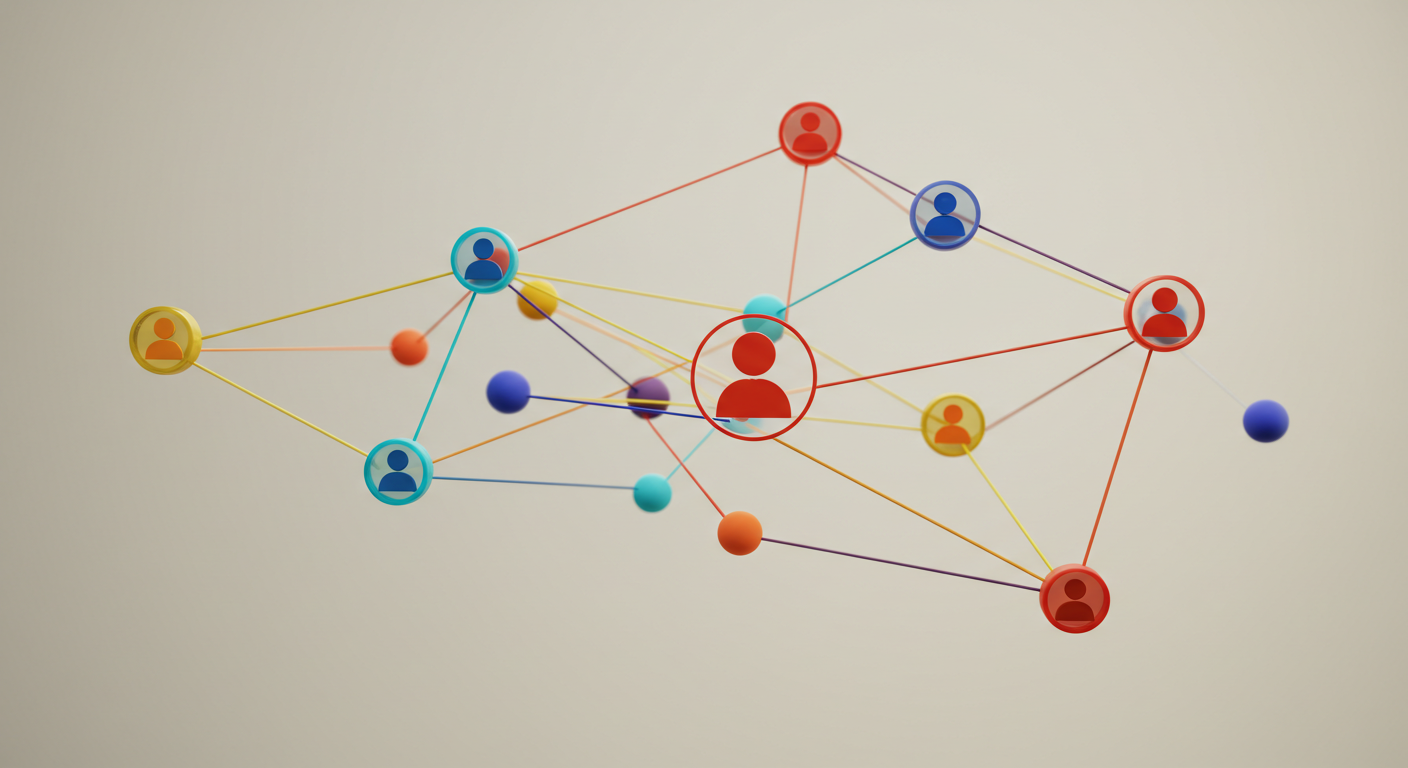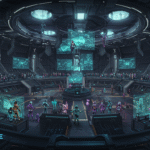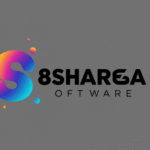If you’ve ever found yourself staring at a tangled grid of words, brain tickling and thoughts running in circles, you’re not alone.
The New York Times (NYT) Connections Puzzle — designed by the ingenious Wyna Liu — is a daily word puzzle challenge that’s become a sort of intellectual rite of passage for puzzle lovers everywhere.
Today, we’re diving deep into the labyrinth of words, patterns, and mental traps, uncovering how you can speed up your solve time and enjoy the ride more, all while keeping those pesky word association traps at bay.
The Mashable Connections vibe is all about linking things that don’t seem connected at first glance. It’s like making new friendships on a lazy Sunday—unexpected but so rewarding when the pieces fall into place.
Let’s unpack the puzzle’s secret sauce, using insights from heavy-hitters like the University of Michigan’s research on neural pathways in word puzzles, and University of Exeter’s work on pattern recognition strategies. Spoiler alert: this ain’t your grandma’s crossword.
The Emotional Pulse of Puzzle Solving: Why We Love Connections
Ever noticed how solving puzzles, especially ones like the NYT Connections Puzzle, isn’t just a game but a mini mental journey? It’s a weird kind of joy when your brain catches the right pattern — kinda like that satisfying click when fitting puzzle pieces or unlocking a new level in a game.
The key to faster solving? It’s not just smarts, but how flexible your thinking is, what cognitive flexibility experts call the ability to switch gears and spot connections others miss.
Some folks compare it to social connections — the unexpected friendships or those lightbulb moments in conversations. Wyna Liu’s design pushes this idea by throwing wordplay traps and red herrings to test your focus and adaptability. It’s a challenge, sure, but a deeply human one.
The Anatomy of Today’s Puzzle: Breaking Down the Grid
If you’re new, here’s the 411: The puzzle presents a grid of 16 words that you must split into four groups of four words each. Sounds simple? Maybe on the surface.
But the trick lies in spotting category theme suggestions hidden in plain sight. Each group shares a distinct connection, sometimes super obvious, sometimes maddeningly abstract.
- Yellow Categories (Easy categories) often feature straightforward themes—colors, animals, or simple verbs.
- Green Categories (Medium difficulty) might stretch into synonyms, cultural references, or compound words.
- Blue Categories (Hard difficulty) ask for deeper wordplay knowledge or lateral thinking.
- The dreaded Purple Categories (Hardest, “Final Boss”)? Expect abstract, multi-layered connections that challenge your pattern recognition and puzzle mastery.
The real challenge lies in spotting those last connections without falling for the word association trap avoidance. That’s when your brain latches onto a wrong pattern and won’t let go — a cognitive snare as sneaky as it is frustrating.
Puzzle-Solving Mental Traps: What To Avoid for Faster Wins
No one likes getting stuck, especially when you’re on a puzzle streak and every second counts. Here’s what the top puzzle community forums, including the American Puzzle Society, warn about:
- Overconfidence error: Thinking a connection is right just because it’s the first thing that clicks. Pause and scan again.
- Tunnel vision problem: Fixating on one category theme and missing others lurking in the grid.
- Perfectionist paralysis: Spending too long on one group, freezing the whole process.
- Confirmation bias: Ignoring contradictory clues because you want your first guess to be true.
Instead, try the process of elimination method — cross out obvious mismatches to lighten the mental load. This taps into the cognitive load principle where less cluttered brains solve faster.
Strategies From the Pros: Using Mashable Connections Insights
The puzzle-solving community isn’t just about solitary genius; it’s about community intelligence approach and shared wisdom. Here’s a few strategic nuggets based on collective experience:
- 30-Second Scan Technique: Before diving in, scan the entire grid quickly to spot any obvious clusters (e.g., months, animals, colors).
- Elimination Strategy: Mark words that clearly don’t belong in a guessed category to narrow down options.
- Hint hierarchy: Use ethical hint usage sparingly—early hints for easy yellow categories, save tougher hints for blue and purple categories.
- Strategic nudges: Look out for homophones alert — sometimes the connection is phonetic, not literal.
- Keep a mental or written “personal solving system” — some players jot down possible categories or partial connections before committing.
Remember, hints are tools, not crutches. The American Puzzle Society stresses responsible use so you grow in skill, not just finish fast.
The Science Behind Your Brain’s Dance With Words
The University of Michigan’s research on neural pathways shines a light on what happens when you tackle puzzles like this. Your brain activates multiple networks: language centers decode the words, the prefrontal cortex juggles the rules and guesses, and the hippocampus pulls in memory of past puzzles and cultural references.
Similarly, the University of Exeter’s research highlights how training in pattern recognition strategies can boost performance. Regular practice improves your brain’s ability to spot abstract categories and avoid wordplay traps.
So, by embracing puzzles daily, you’re actually sharpening your cognitive flexibility development and expanding your mental library of insights. It’s a workout for your mind — like yoga, but for neurons.
Cultural Tidbits: How Different Traditions Celebrate Connections
Just like how diverse cultures have unique rituals welcoming a baby girl, puzzle communities worldwide have their own ways of celebrating wins and tackling challenges. In Japan, puzzle cafés double as social hubs where solving is as much about community as individual skill. In Germany, puzzle competitions blend strategy and camaraderie, often involving intense debates over tricky puzzle category themes.
One grandparent from a multicultural family shared, “For us, the puzzle is like storytelling. It’s a moment to connect, laugh at mistakes, and celebrate the little ‘aha!’ moments.” This is why the puzzle community interactions matter — they remind us that puzzles aren’t just mental exercises but social bridges.
Practical Tips for Maximizing Your NYT Connections Puzzle Experience
Want to get faster, smarter, and more consistent at today’s puzzle? Here’s some no-fluff advice that actually works:
- Build a daily routine, even if it’s just 10 minutes. Consistency feeds the puzzle streak preservation.
- Keep a notebook of past puzzles and solutions to review common themes and tricky puzzle mental models.
- Join online forums or social groups dedicated to the puzzle. Sharing insights combats puzzle frustration reduction.
- Avoid guesswork by applying a systematic analysis approach—evaluate words logically, and watch for puzzle confirmation bias.
- Mix up difficulty levels. Sometimes jump to yellow categories for confidence boosts, other times dive into the purple categories for challenge.
- Use digital resources, like pattern recognition trainers and cultural knowledge databases, to widen your puzzle-solving toolkit.
How to Write Custom Messages When Sharing Puzzle Tips
Just like wishing someone well when welcoming a newborn baby girl, sharing puzzle advice can be heartfelt and personal. Try these ideas to keep your messages engaging and genuine:
- Personalize by referencing a shared experience, like a tough puzzle you cracked together.
- Mix tones: add humor (“Don’t let those sneaky homophones trip ya up!”), inspiration (“Every puzzle is a new chance to train your brain!”), or poetic flair (“Each word a star in the constellation of your mind.”)
- Adapt messages based on who you’re talking to — a newbie might appreciate simple, encouraging tips; an expert could enjoy strategic nudges.
- Always invite feedback and sharing — this builds connection and learning.
Conclusion
At its heart, the NYT Connections Puzzle is more than just a test of vocabulary or pattern recognition. It’s a celebration of how our brains connect dots in beautiful, surprising ways—mirroring how we form bonds in life.
Every solve, every puzzle frustration to consistent wins journey, teaches us a little more about patience, flexibility, and creative thinking.
Like welcoming a baby girl into the world—full of promise, mystery, and joy—embracing puzzles invites us to nurture our minds with curiosity and wonder.
So whether you’re chasing a perfect puzzle streak, dodging wordplay traps, or savoring the sweet victory of a final boss category cracked, remember: the real win is in the connections we make—inside our brains and with each other.
Feel free to drop your favorite tips or stories in the comments below. What’s your secret sauce for beating the puzzle? Let’s keep the community buzzing and growing—one connection at a time.
Frequently Asked Questions
connections hint mashable
Mashable Connections hints provide helpful nudges to guide players through tricky parts of the NYT Connections puzzle without giving away full answers.
connections hints mashable
Mashable offers multiple hints that focus on pattern recognition and wordplay alerts to improve puzzle-solving speed and accuracy.
mashable connections hint
The Mashable Connections hint system balances guidance and challenge by offering spoiler-free clues tailored to different puzzle difficulty levels.
connections’ hints mashable
Connections’ hints from Mashable are designed to support both beginners and experts by highlighting potential categories and warning of common traps.
mashable connections hints
Mashable Connections hints emphasize strategic approaches, such as elimination and thematic nudges, to help players solve puzzles efficiently.
connections hint today mashable
Today’s Mashable Connections hint provides timely assistance to tackle the latest NYT Connections puzzle with useful insights and confidence.
connections hint mashable
Mashable’s connection hints serve as a strategic tool that enhances players’ cognitive flexibility and pattern recognition skills during puzzle solving.
mashable connections hint today
Using Mashable’s hint today can speed up your puzzle-solving process by offering relevant clues tailored to the current NYT Connections challenge.
nyt connections hints mashable
NYT Connections hints from Mashable help maintain streaks and reduce frustration by offering subtle, non-spoiler guidance for daily puzzles.
connections hints mashable
Mashable’s connections hints encourage learning and strategic thinking, ensuring that players improve without losing the satisfaction of discovery.











